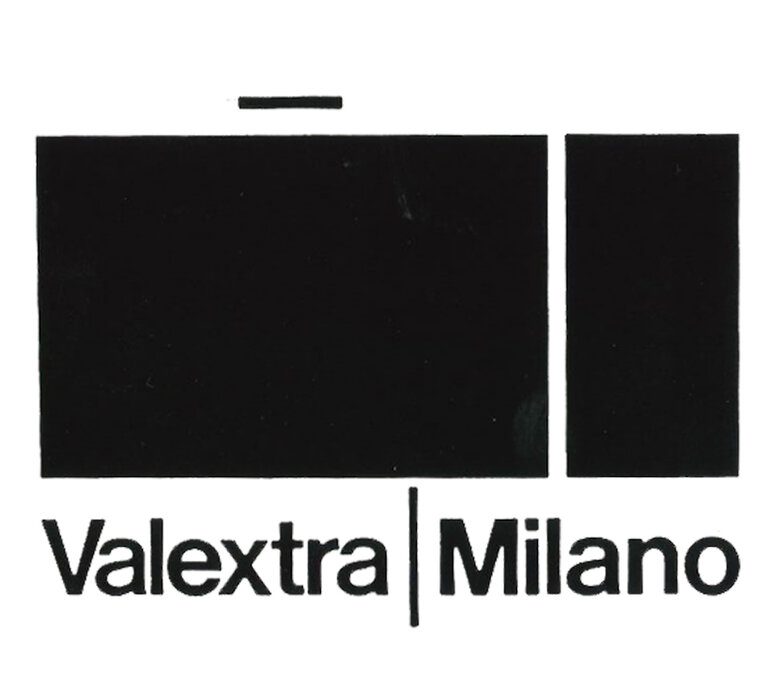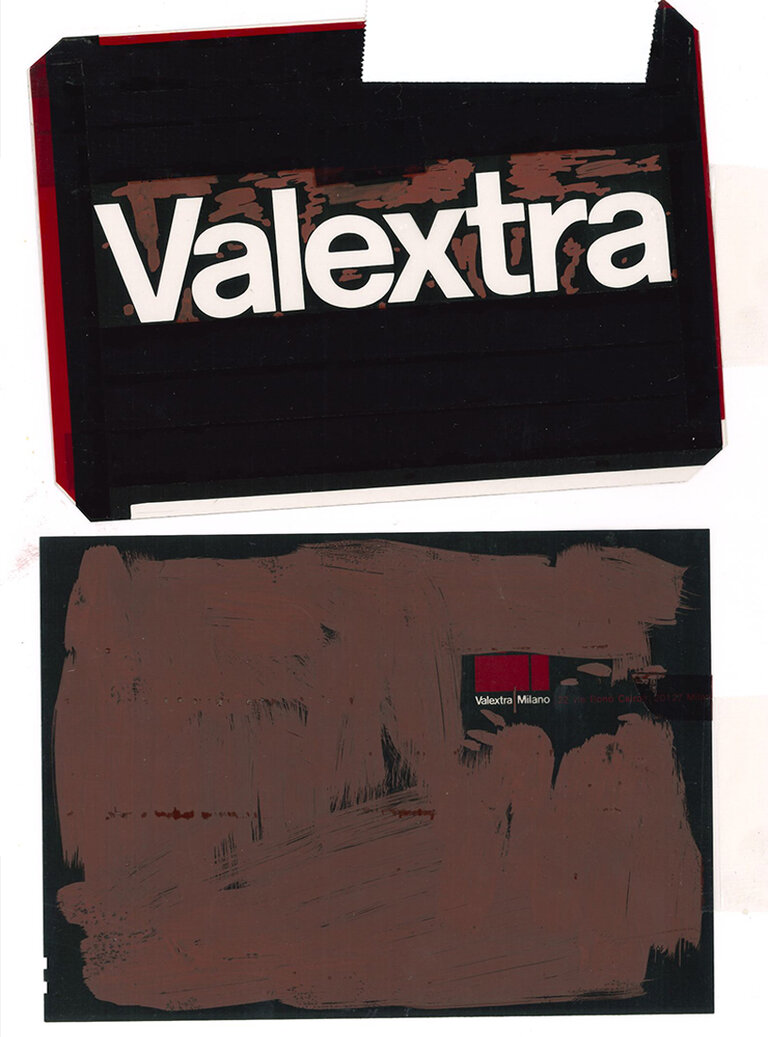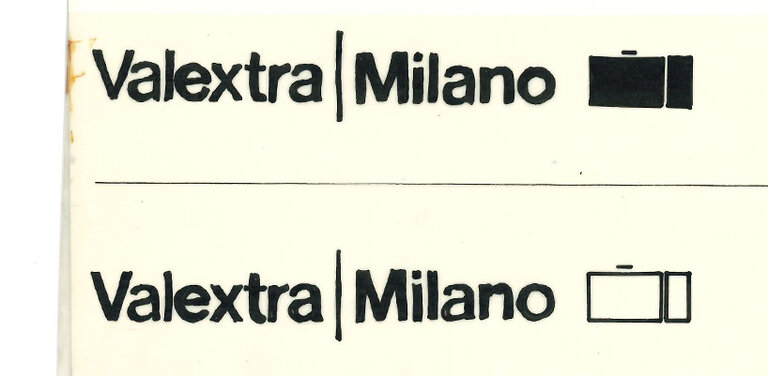

AG Fronzoni: Italy’s Minimalist Man
Meet the polymath responsible for two Valextra icons.

“Designing is not just a profession but a way to live,” said AG Fronzoni, the late Italian industrial engineer, illustrator, architect, graphic designer, and professor – to name just a few areas in which he made his name.
Fronzoni, who preferred to be known by his initials AG rather than use his full first name Angiolo Giuseppe, was a polymath who excelled in every profession he pursued, immersing himself in the world of design and challenging convention every step of the way.
Born in Pistoia in 1922 before relocating to Milan in 1956, he was known, above all else in his career, to be a devoted minimalist, favouring essential design and fuss-free expression. This belief system stretched to his own personal expression, too. Well-known for his exclusively black-and-white wardrobe, he extolled the virtues of waste-free living.
“We need to aim at essential things, to remove every redundant effects, every useless flowering, to elaborate a concept on mathematical bases, on fundamental ideas, on elementary structures,” he is famously quoted as saying. “We strongly need to avoid waste and excess.”
We need to aim at essential things

His creations are lasting reminders of his commitment to his craft. From the Quadra Lamp he designed in 1962 - the wall-mounted square that juxtaposed light and shade with its back-lit glow - to the Serie 64 furniture collection he presented in 1964, proud and pointed in their minimalist angularity, his contribution to interior design is revered the world over.
His exploration of the design world would lead him into graphics. In the Sixties, he became art director at Casabella magazine, designing its layout and covers in his signature rational-inspired aesthetic and designed posters for exhibitions by the artist Luciano Fontana and designer Gio Ponti. It was also when he would become an integral part of Valextra’s story.
In 1962, Fronzoni teamed with Valextra Founder Giovanni Fontana to design Valextra’s iconic Forma Zero briefcase. Celebrating the purity of shape and construction, it would unite Valextra and Fronzoni in their shared pursuit of fusing function with finesse and, ultimately, engineering beauty. Fronzoni would also go on to design Valextra’s distinctive “little luggage” logo; a black and white typographic in keeping with his minimalist approach.


“I didn’t design many coloured works. I used colour only when I thought it was functional to the message,” he said of his decision to limit his palette. “Anyway, don’t you think that black and white are the colours of imagination? The colours of the world made of ideal images? However, this synthesis [of black and white] is not a representation of something else. It is not a simulation of something that doesn’t exist, but a new and unexpected reality.”
New and unexpected, timely and iconic, Fronzoni’s contribution to design leaves a legacy of brave exploration and bold ideas - at Valextra and beyond. From the late Sixties to his death in 2002, he dedicated his life to teaching, founding the Institute of Visual Communication in Milan and inspiring a new generation of design creatives.
In March 1995, he shared with Domus Magazine that he told his young students “that the design of their existence is the commitment which must be their main preoccupation; this commitment had to be continuous and total, not transitory and relative. Giulio Carlo Argan used to say that those who forgo design accept being designed.” It was, he said, “a phrase which everyone should bear in mind, with all its relative implications: the objectives, the meanings, the aspiration to take more care of our own existence, and to help others to realise themselves.”
-1.jpg?sw=768&sfrm=jpg&q=85)
-2.jpg?sw=768&sfrm=jpg&q=85)
-3.jpg?sw=768&sfrm=jpg&q=85)
-4.jpg?sw=768&sfrm=jpg&q=85)
-5.jpg?sw=768&sfrm=jpg&q=85)
-6.jpg?sw=768&sfrm=jpg&q=85)